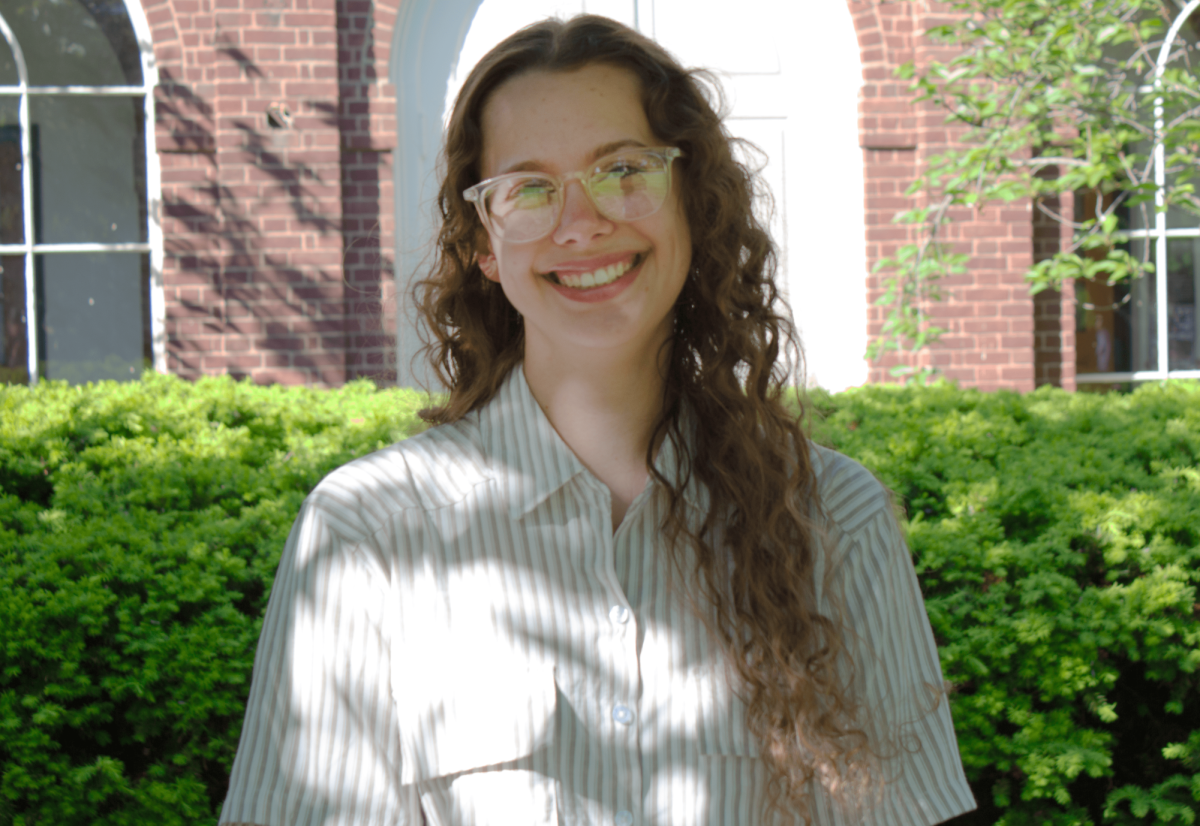By Christina Oddo
Writer
The KEEN Winter Interdisciplinary Design Experience (K-WIDE) program allows engineering students to collaborate in an interdisciplinary fashion to solve pressing real-world problems specifically related to urban infrastructure. The exposition of results from this program, held last Friday in Dana Engineering, demonstrated the projects developed by students involved in the first K-WIDE.
The first group that presented introduced its project as a type of crosswalk, called the “Cross Guardian,” that beeps every time a car is coming in order to inform the crosser of oncoming traffic. This ensures that every pedestrian will cross safely and be able to back up and not proceed to walk if there is an oncoming car.
The second group was interested in the underuse of buses as a form of transportation. As a result, the group created a new form of seating that accommodates disabilities while simultaneously creating more room. This new bus seating will not only double the amount of passengers on one bus, but also eliminate the need for excess buses, as well as benefit the economy.
“The hardest part was that they gave us a big open-ended statement, so coming up with an idea was difficult,” Sarah Talbot ’14, a member of the second group, said.
This group was inspired by where the members live.
“The areas where we live are really congested, and the biggest cause of this is transportation,” Talbot said.
Storm run-off and its use in towns and cities was the topic of interest for the third group that presented. The group created a storm drain in which water from storms can be used as a source of energy. Through this project, the group hopes to inspire others to create and to use energy from unexpected sources.
“The best part was learning about all of the different disciplines, the different types of engineering, because we did not use just one type of engineering for this project. We are all sophomores, with not a lot of expertise, but it was amazing to see all we could do with our current education,” Kelsey Klopfer ’14 said.
The fourth project utilized a swing as a source of energy. Considering children have a seemingly endless supply of energy, the group thought it would be a good idea to put this energy to good use as a renewable form of electricity. The group hopes this project will inspire children to ask questions and to be inspired as they are experiencing first hand this new use of energy on their playground.
The fifth group considered the negative effect of subway noise on hearing. Their project reduces the cacophony produced by subways to 20 decibels.
The final group was concerned with the use of water for drinking and sanitation in towns and cities where one million people in total have to walk three and a half miles to get water.
Water transportation is a huge problem in developing countries and something that the group recognized as a pressing global issue relating to urban infrastructure.
“When people carry buckets on their heads, for example, it compresses the spine. We still wanted our project to be human powered, though,” Tyler Moore ’14 said.
The group demonstrated its project by asking for two volunteers. One volunteer was asked to carry two buckets containing water a short distance, which proved to be a difficult task. The group stated that its project would allow one individual to carry all of the water needed for survival and sanitation at once without much difficulty. One of the group members proved this by carrying the water carrier produced while two people were sitting on top. This action was completed with ease. Such a device, too, would redistribute the strength, initially derived from the lower back, to the shoulders and other stronger muscles of the body.
“Because the carrier has wheels, travel time decreases. Otherwise, women and children would waste so much time carrying water,” Lee Sun ’14 said.
Junior Fellows Emily Guillen ’13 and Mark Paleafico ’13 helped the groups through the entire process.
“Most groups went through the mechanical engineering paths for the project,” Paleafico said. “As Juniors Fellows, we helped facilitate the thought process, pointing to questions to help the groups get passed being stuck. We also helped them get supplies. It was cool to sit back and watch them work. I’m so thankful to be a part of this.”





















